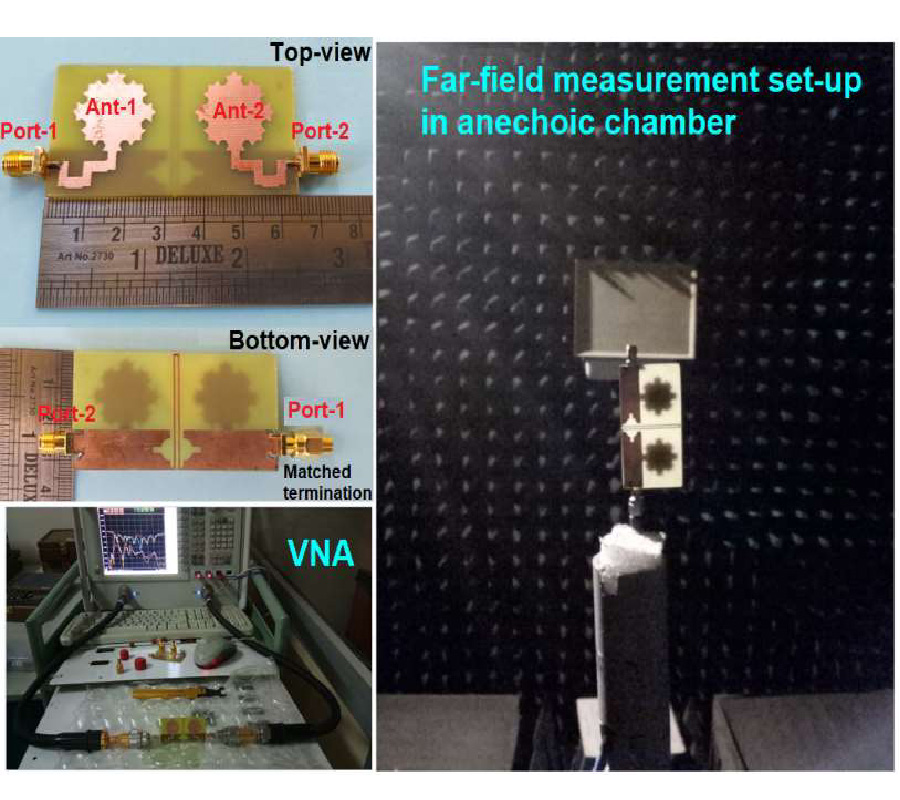Human Exposure to EMFs from Wearable Textile Patch Antennas: Experimental Evaluation of the Ground-Plane Effect
Maria A. Seimeni,
Aris Tsolis,
Antonis A. Alexandridis and
Stelios A. Pantelopoulos
The aim of this paper is to prove that the power generated by a wearable textile patch antenna experiences reduced absorption in the phantom when the antenna ground-plane is increased. First, the dedicated human torso-equivalent phantom and two antennas were fabricated, which are multi-layered, with orientation normal to the body and made of the same materials. One of the antennas has a double in size ground-plane with regards to the other antenna, while the rest of their dimensions are identical. According to the proposed measurement procedure, once the radiation efficiencies of both antennas are measured in free space and with the phantom, the total absorption coefficient and the phantom losses are evaluated. The comparison of the measurement results proves that the increased ground-plane reduces the absorption on the phantom body of the antenna EM power (by 30.5%). Simulations and measurements were found in good agreement, with maximum deviation between the two up to 6% in terms of radiated efficiency. Hence, the proposed experimental evaluation of the impact of the ground-plane size of a wearable textile patch antenna on the reduction of the power absorbed by the user's body can be considered as a simple, reliable and cost-effective measurement method.









